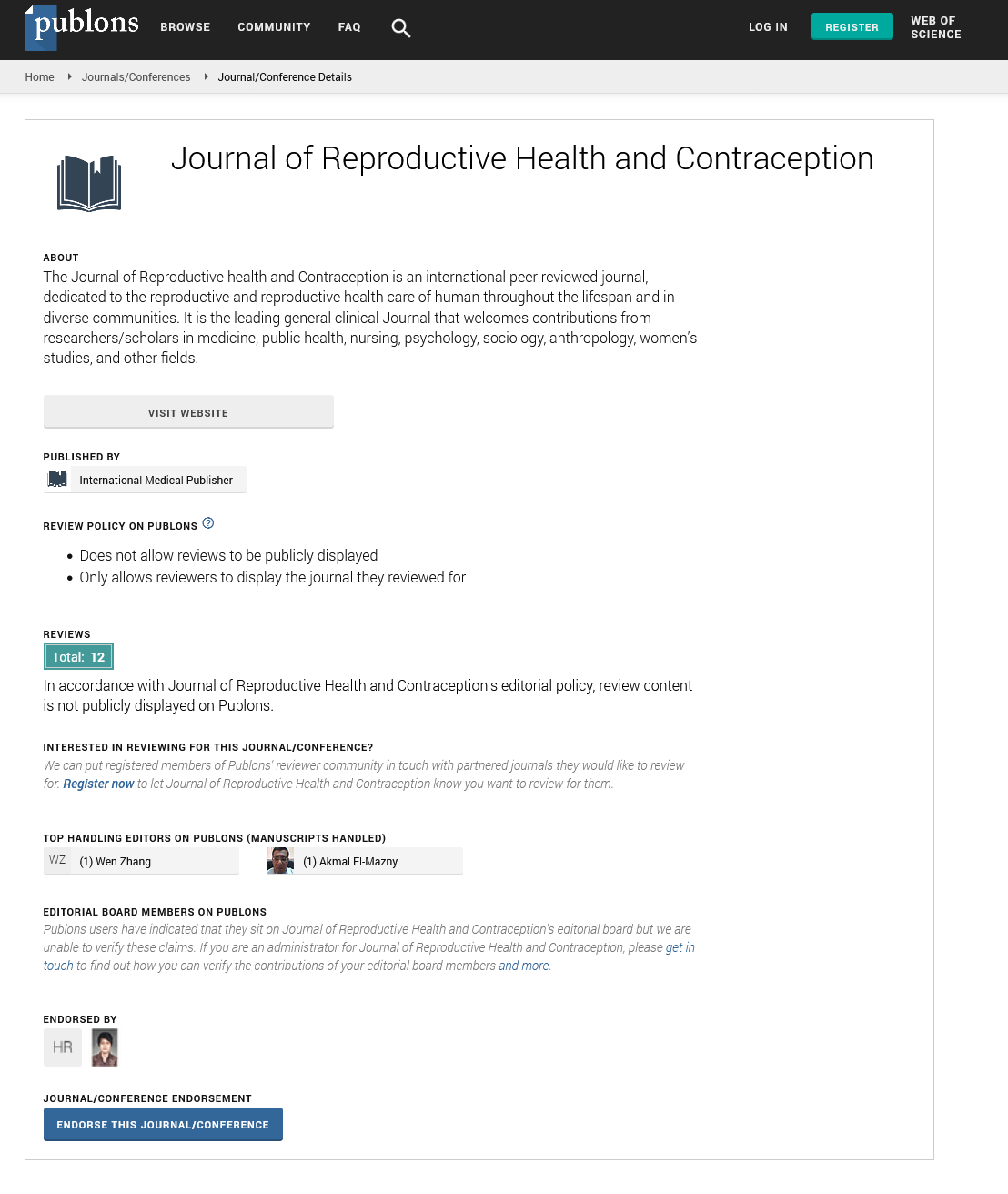ISSN : 2471-9749
Journal of Reproductive Health and Contraception
Every Second Matters in Saving a Maternal-Child Life
International Congress on Midwifery and Maternal health - October Webinar
October 11, 2021 | Webinar
Harrieth Mwalupindi
University of Cincinnati Medical Center, USA
ScientificTracks Abstracts: J Contracept Stud
Abstract
Problem: In hospital settings, encountering obstetric (OB) medical emergencies become part of daily nursing practices. The patients’ acuity is increasing requiring competent interdisciplinary teams such as OB attending, maternal fetal medicine, OB anesthesia group, OB residents, midwives, charge nurse, triage nurse, baby nurse, OB care associate, hospital supervisor, neonatal intensive care unit personals, pharmacy, respiratory, trauma, and medical team during the emergent events. Prior emergency activation system involved primary nurse to make multiple phone calls to alert individuals on above list. The stress level of individuals involved rises and the ability to recall phone numbers may be impaired. Time used to notify each individual may impact the life-saving efforts which reflect on seconds to minutes on saving maternal-child life. Therefore, patients’ safety and timely response to obstetric emergent event was of paramount importance. Methodology: Reviewing prior delay time responses to emergent event, listening to feedback from nurses, doctors, and other people during the debriefing, led to initiation of a one activation response system. Different medium on responses were assessed using text, pager, and direct calls team. Communication and discussion with other departments were done. Mock drills and simulated events were exercised on different shifts to gather feedback. Analysis: Time response to emergent event was the objective. Different medium of activation system provided varying time-response results. Review of audio and transcriptions notes provided a real life stress level during the emergent event. Findings and Implications for Nursing: Two-tier emergent system is identified. Scripted terminologies are for activation of emergent system. Drills and simulated events address caller’s stress level when activating the emergent system. Timely responses and accurate number of required individual are improving. Findings are used for planning learning opportunities.
Biography
Harrieth Mwalupindi PhD(c). MSN. RNC-OB has been an obstetric nurse for more than 16 years and currently a doctorate candidate in Nursing Education at Capella University. She is a clinical program developer at University of Cincinnati Medical Center at an obstetric unit designing and creating effective nursing staff speciality clinical education. She is also an adjunct clinical instructor at University of Cincinnati- College of Nursing supervising nursing students during obstetric clinical rotations. Improving and securing safety to maternal-child population is very impotant to her by training and preparing competent nursing staff to respond to emergency events.
Google Scholar citation report
Citations : 201
Journal of Reproductive Health and Contraception received 201 citations as per Google Scholar report
Journal of Reproductive Health and Contraception peer review process verified at publons
Abstracted/Indexed in
- Google Scholar
- China National Knowledge Infrastructure (CNKI)
- WorldCat
- Publons
Open Access Journals
- Aquaculture & Veterinary Science
- Chemistry & Chemical Sciences
- Clinical Sciences
- Engineering
- General Science
- Genetics & Molecular Biology
- Health Care & Nursing
- Immunology & Microbiology
- Materials Science
- Mathematics & Physics
- Medical Sciences
- Neurology & Psychiatry
- Oncology & Cancer Science
- Pharmaceutical Sciences
